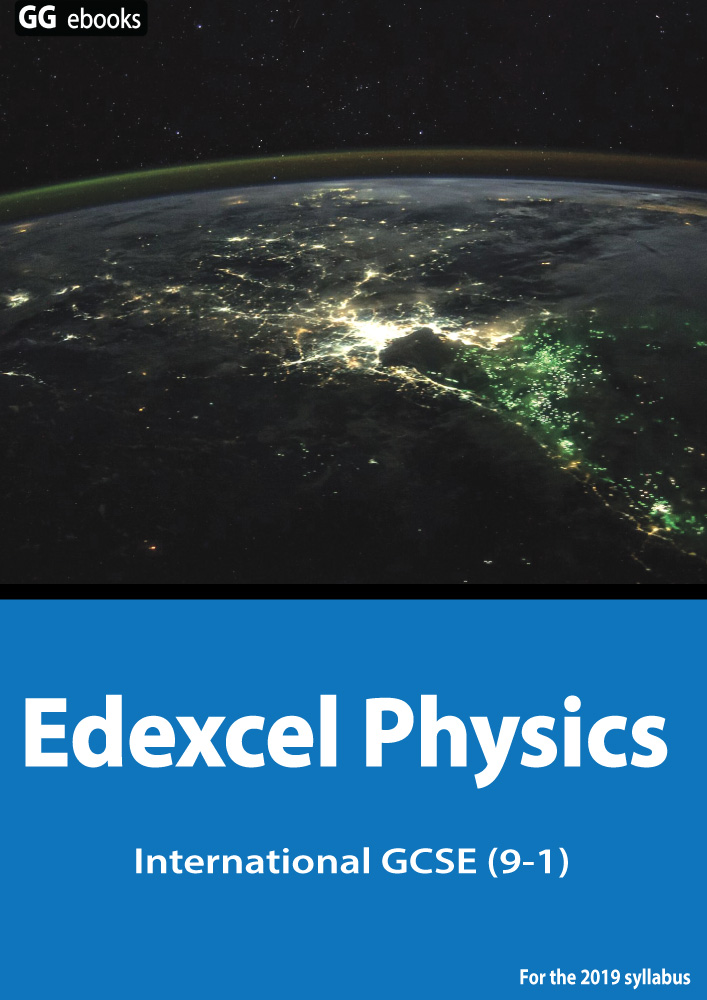NEED HELP? |
  |
1. Mars has a smaller gravitational field strength at the surface than the Earth. This is because...
|
 |
||||||||||||||||
2. Which of the following answers best describes the orbits of the Earth, the (Earth's) Moon and a comet?
|
|||||||||||||||||
3. Which of the following gives the sizes of astronomical objects in order of increasing size?
|
|||||||||||||||||
4. Approximately how many stars are in a typical galaxy?
|
|||||||||||||||||
5. What is the name of our own galaxy containing the Sun?
|
|||||||||||||||||
6. Which of these statements is correct?
|
 |
||||||||||||||||
| 7. The formula on the right can be used to calculate the orbital velocity v of any object. It can be re-arranged to find the radius of the orbit. | |||||||||||||||||
Which of the following has been correctly re-aranged? |
|||||||||||||||||
8. The radius of the Earth's orbit is about 150 million kilometres. In standard form, and given in metres, this is ..
|
|||||||||||||||||
9. The Earth orbits the Sun in 1 year, which is 3.2 x 107 seconds. Using this figure, along with information given in questions 7 and 8, what is the orbital velocity of the Earth?
|
|||||||||||||||||